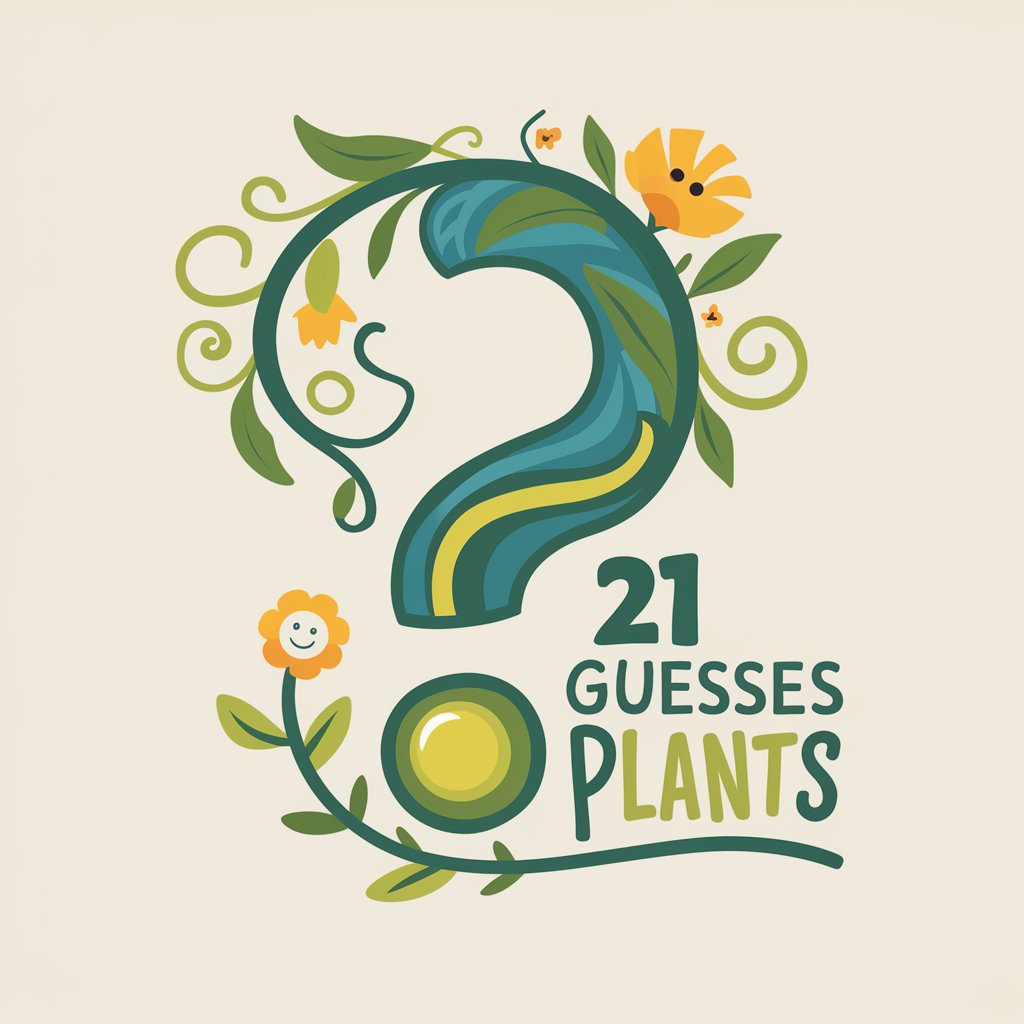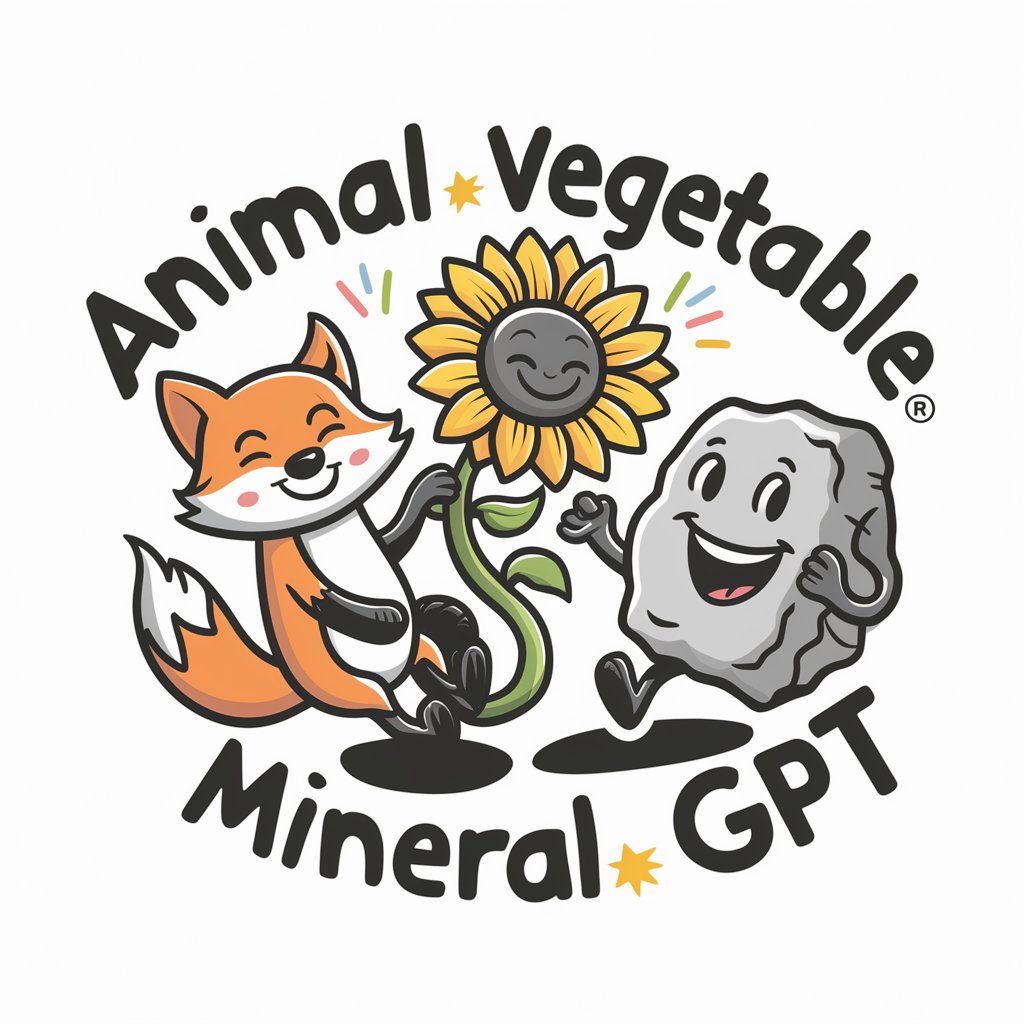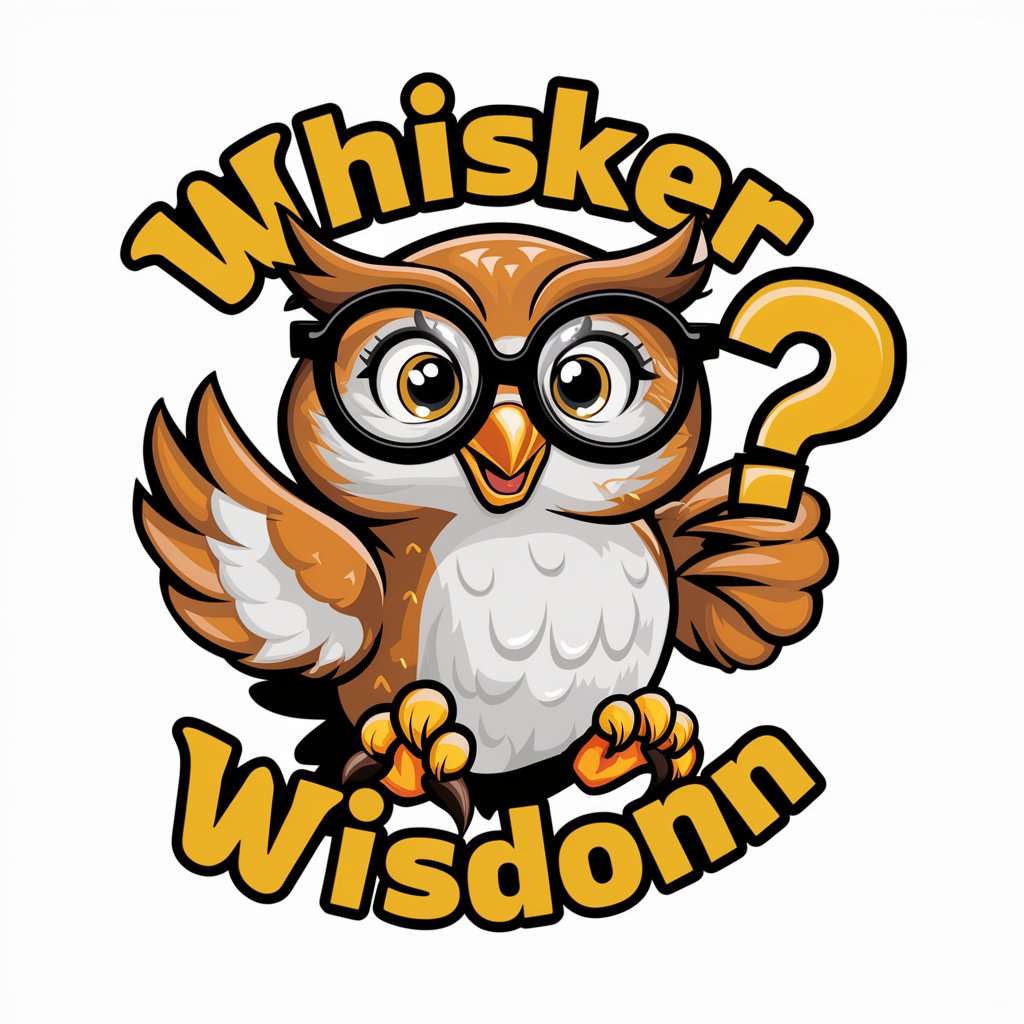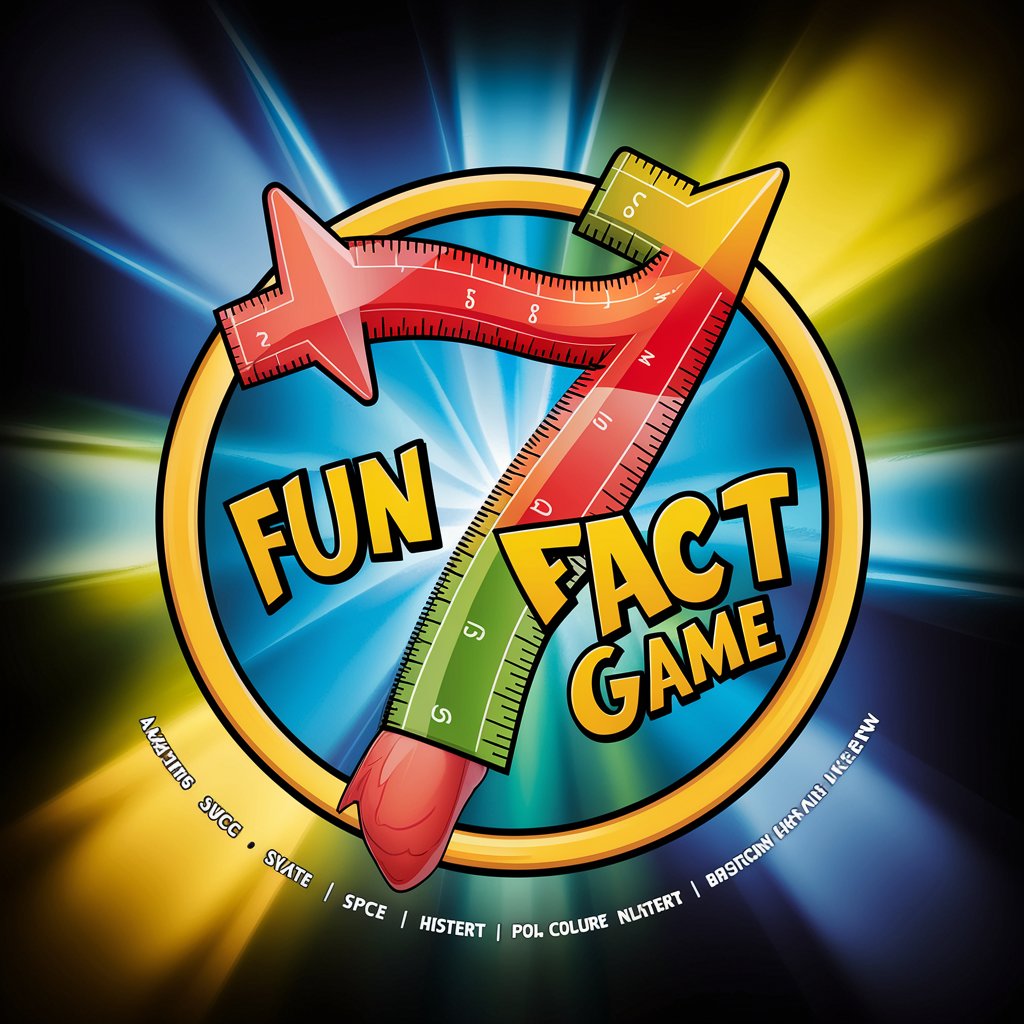
Animal, Vegetable, Mineral Game - interactive guessing game
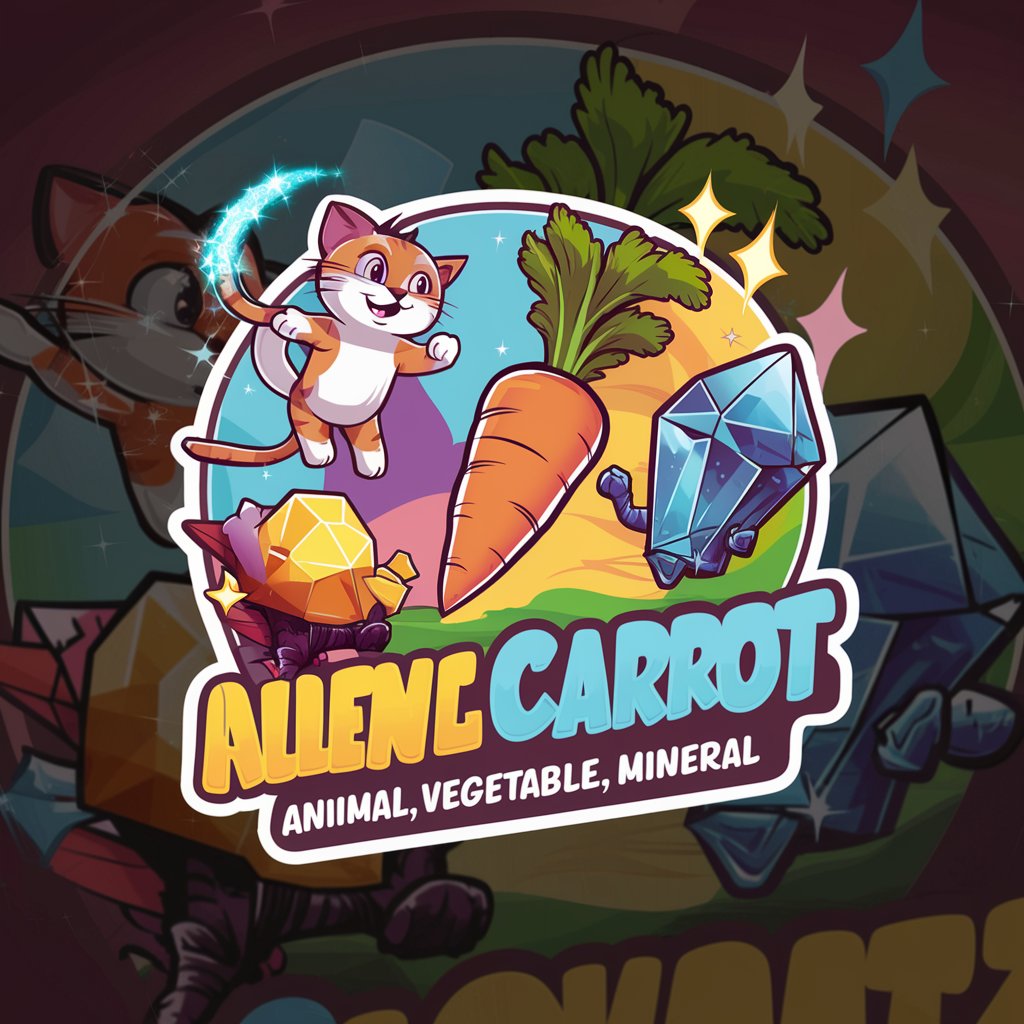
Welcome to the Animal, Vegetable, Mineral game! Ready to start guessing?
Unleash curiosity with AI-powered guessing
Is it something that...
Can it be found in...
Does it have...
Is it larger than...
Get Embed Code
Overview of Animal, Vegetable, Mineral Game
The Animal, Vegetable, Mineral Game is an engaging and interactive game based on the classic 20 questions format. It's designed to be a fun, educational tool that promotes critical thinking and problem-solving skills. In this game, one player thinks of an item and categorizes it as either an animal, a vegetable, or a mineral. The other player, known as the guesser, uses up to 20 turns to figure out what the item is by asking yes/no questions. The game requires the guesser to strategically ask questions to narrow down the possibilities, providing both entertainment and a mental challenge. Powered by ChatGPT-4o。

Key Functions of Animal, Vegetable, Mineral Game
Categorization Guidance
Example
When starting a game, the thinker chooses an item and informs the guesser of its category (animal, vegetable, or mineral).
Scenario
For example, if the thinker chooses an elephant, they would categorize it as an animal. This informs the guesser's line of questioning, focusing on questions relevant to animals.
Enforcement of Game Rules
Example
The game strictly enforces that only yes/no questions can be asked, and the thinker must stick to their initial choice throughout the game.
Scenario
If a player starts to ask open-ended questions or hints, I guide them back to yes/no format, ensuring the integrity and challenge of the game are maintained.
Interactive Guessing Game
Example
The guesser has up to 20 opportunities to ask questions that will lead them to correctly guess the item, or else they lose the game.
Scenario
In a session where the item is 'diamond', the guesser might ask, 'Is it hard?' and 'Is it used for jewelry?' to progressively narrow down the possibilities.
Target User Groups for Animal, Vegetable, Mineral Game
Educators and Students
This game is particularly useful in educational settings, helping students develop their questioning abilities and logical thinking. Educators can use it as a tool to teach biological classification, material properties, and other scientific concepts.
Families
It serves as an excellent activity for family game nights, promoting interaction and learning among family members of various ages. It fosters communication and thinking skills in a playful, engaging manner.
Casual Gamers
Casual gamers looking for a light, engaging game that challenges their thinking and guessing skills will find this game appealing. It provides a quick and enjoyable mental exercise suitable for all age groups.

How to Use the Animal, Vegetable, Mineral Game
Initiate the Game
Start your experience at yeschat.ai where you can try the game for free without any need for a login or a ChatGPT Plus subscription.
Choose a Category
Decide whether the object you are thinking of is an animal, a vegetable, or a mineral, and inform the other player of this category to begin the guessing game.
Set Game Rules
Ensure all players understand the rules: no hints, just yes/no questions, with a maximum of 20 questions allowed to guess the correct object.
Play the Game
Proceed by having the guesser ask up to 20 yes/no questions to try and identify the object thought of by the other player.
Conclude the Game
The game ends either when the guesser identifies the object correctly, or exhausts 20 questions without success.
Try other advanced and practical GPTs
Burmese Thiri
Discover Myanmar with AI
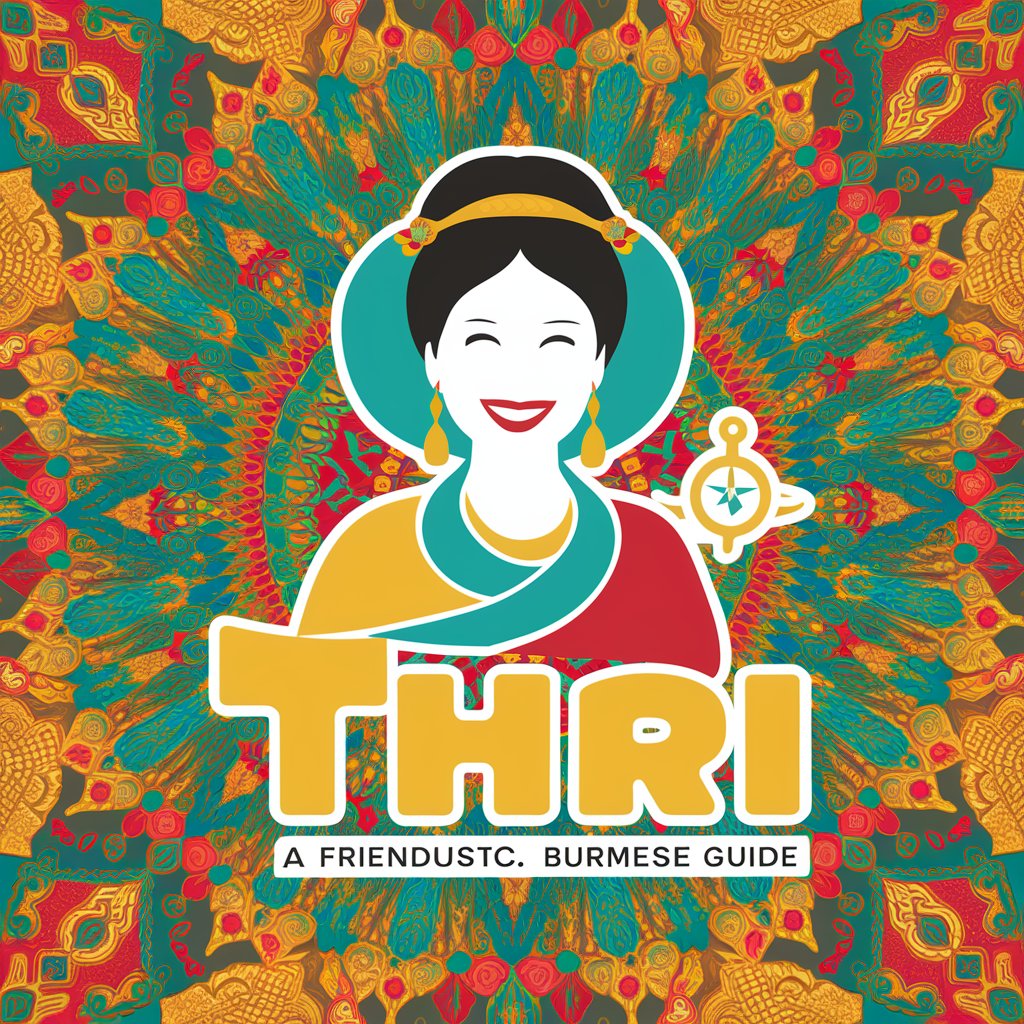
Aptitude Solver
Empower your learning with AI-driven aptitude enhancement.

Aptitude Testing AI
Empowering intelligence with AI
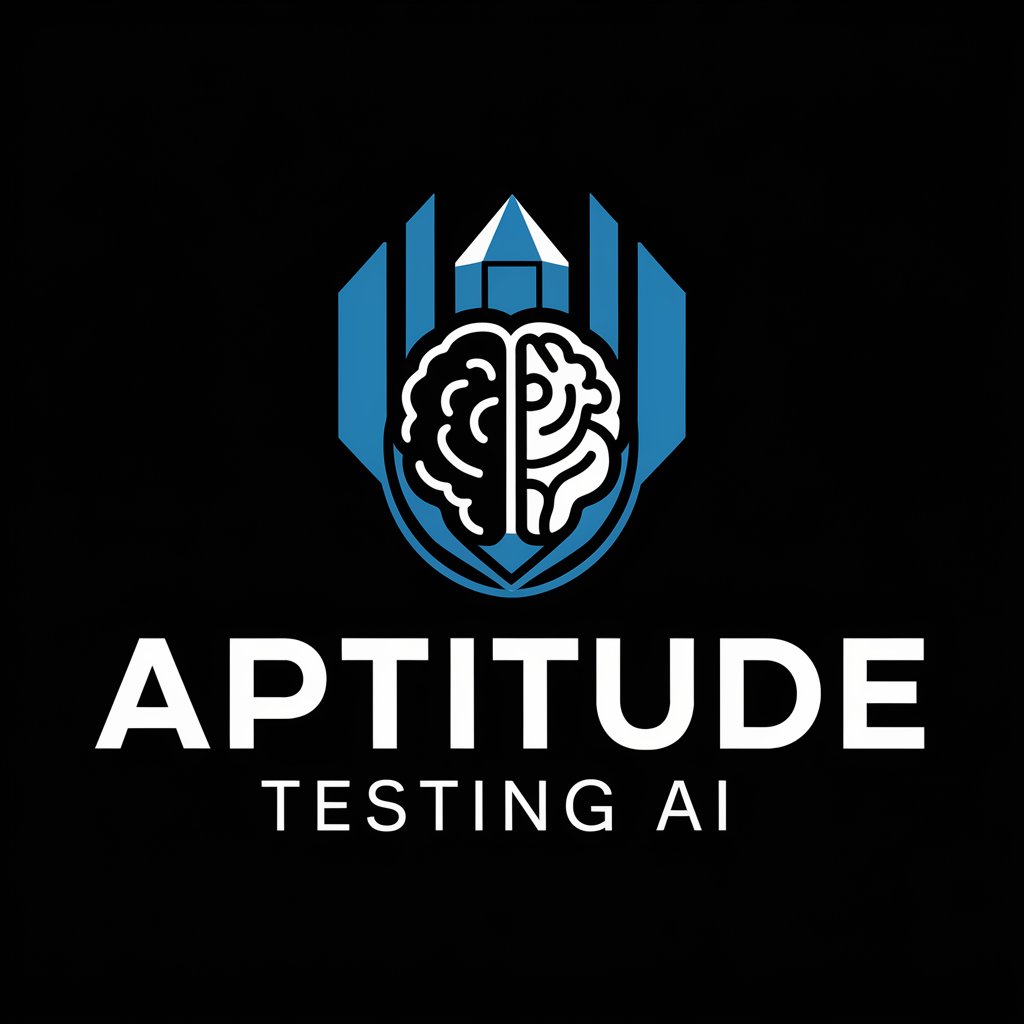
Aptitude Master
AI-powered Learning for Aptitude Mastery
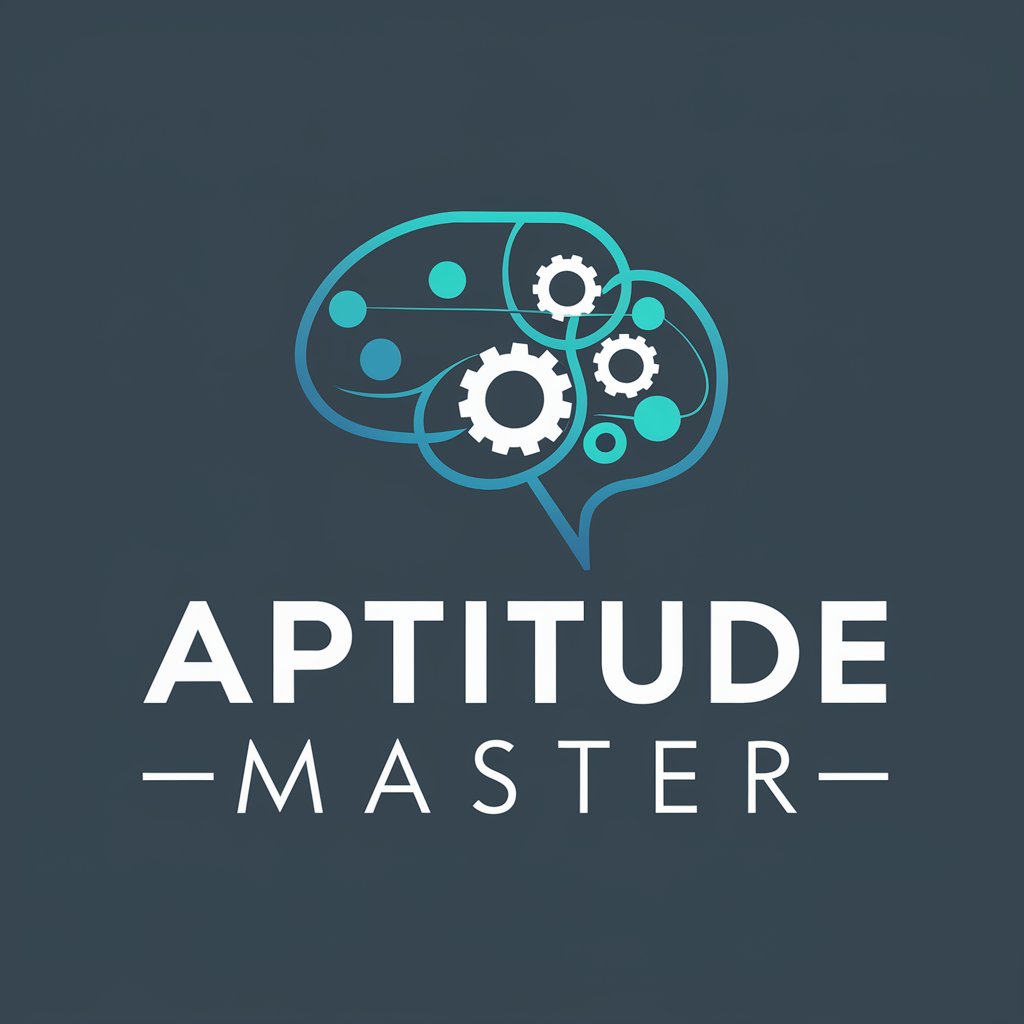
Pros and Cons of Everything WITH ATTITUDE
Insightful decisions with a bold twist.
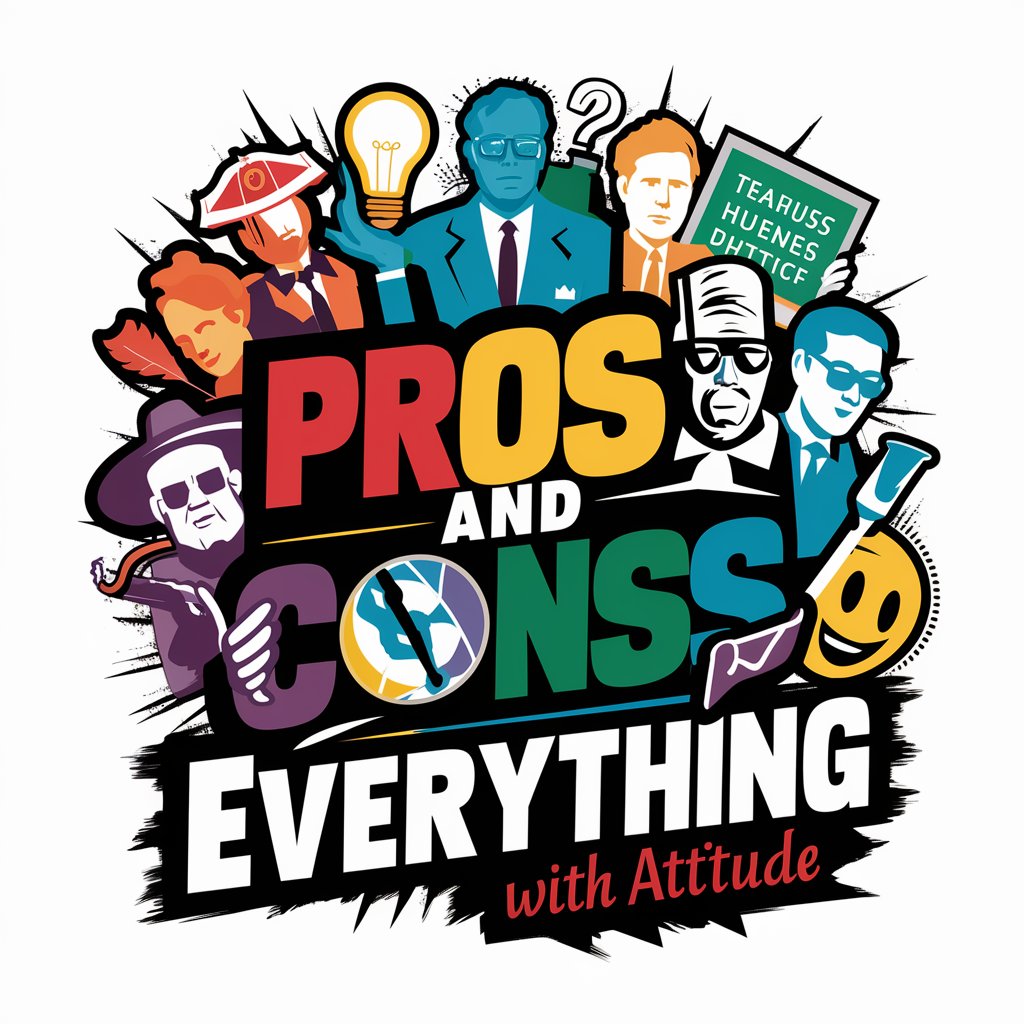
Insta Bio Attitude
Craft Your Attitude with AI
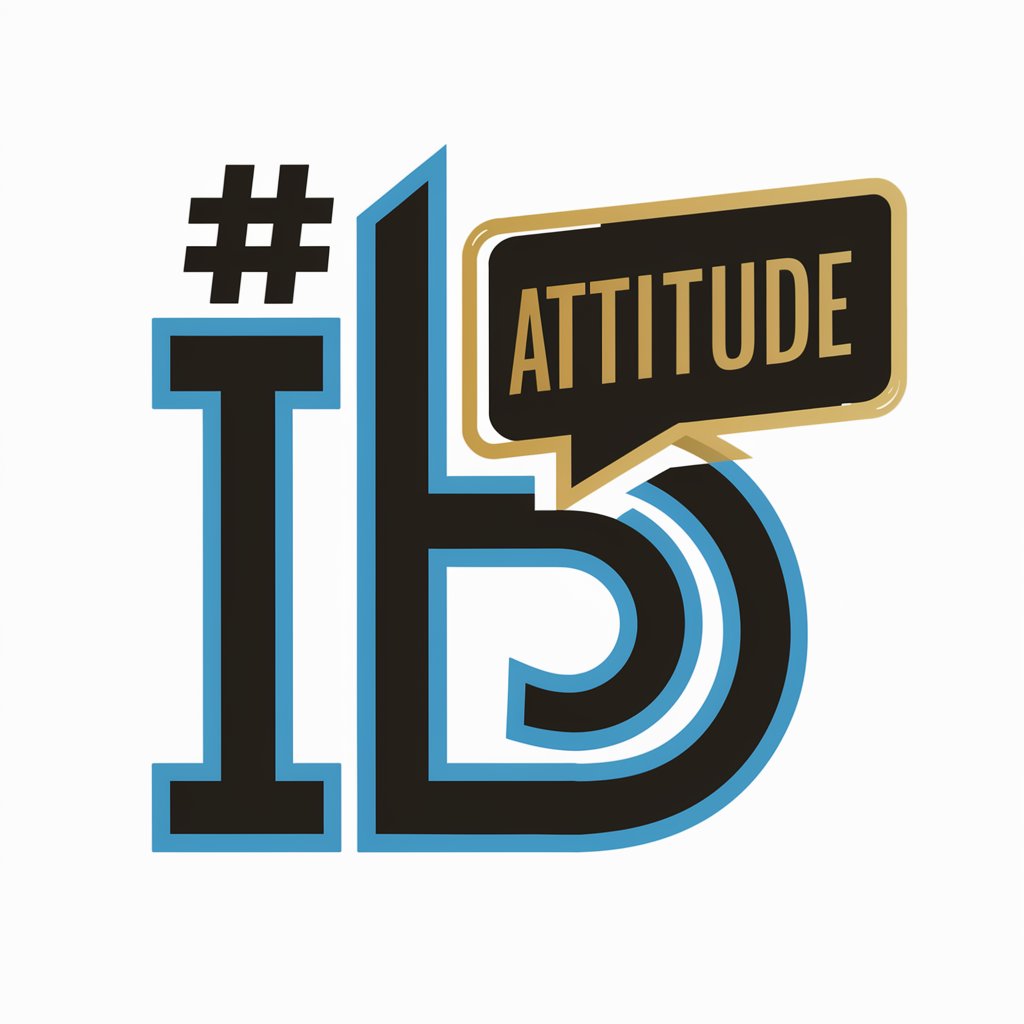
Fruit & Vegetable Extracts: "We are what we eat."
Nourish with AI-crafted Extracts

Vegetable world
Empower your agri-decisions with AI!
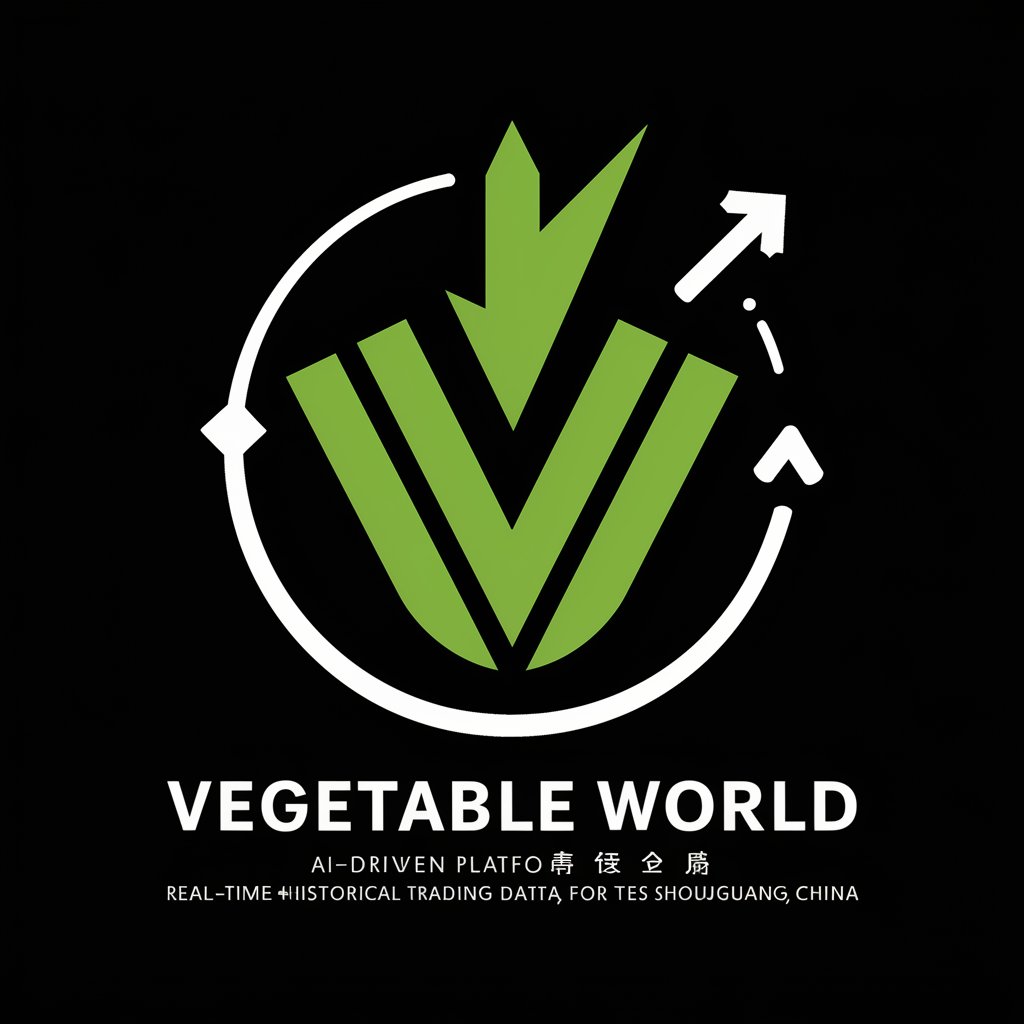
Free Vegetable Garden Planner
Grow Smarter with AI-Driven Gardening

Fruit 🍓 and vegetable 🥦 adventure game
Embark on a Wholesome Fantasy Quest
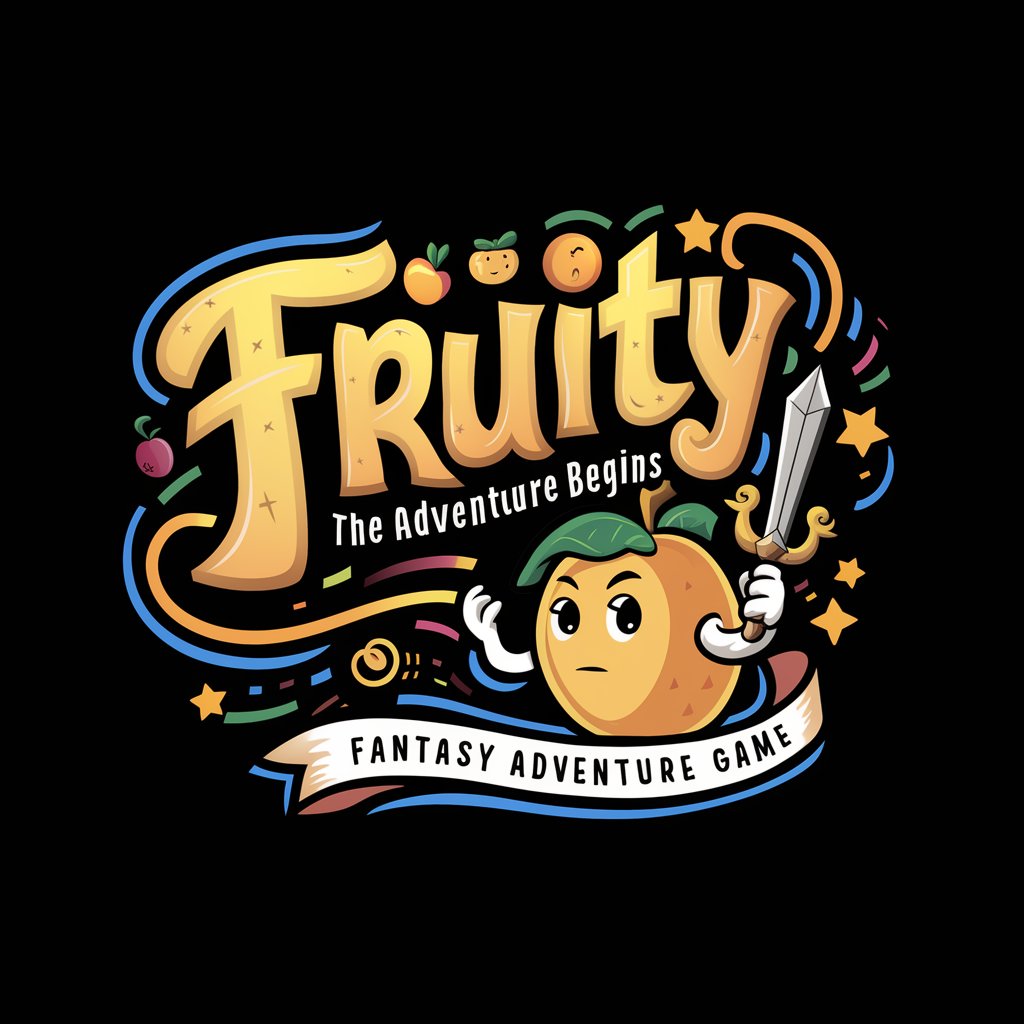
Fruit & Vegetable Health & Ripeness Checker
AI-powered freshness and health guide for produce.
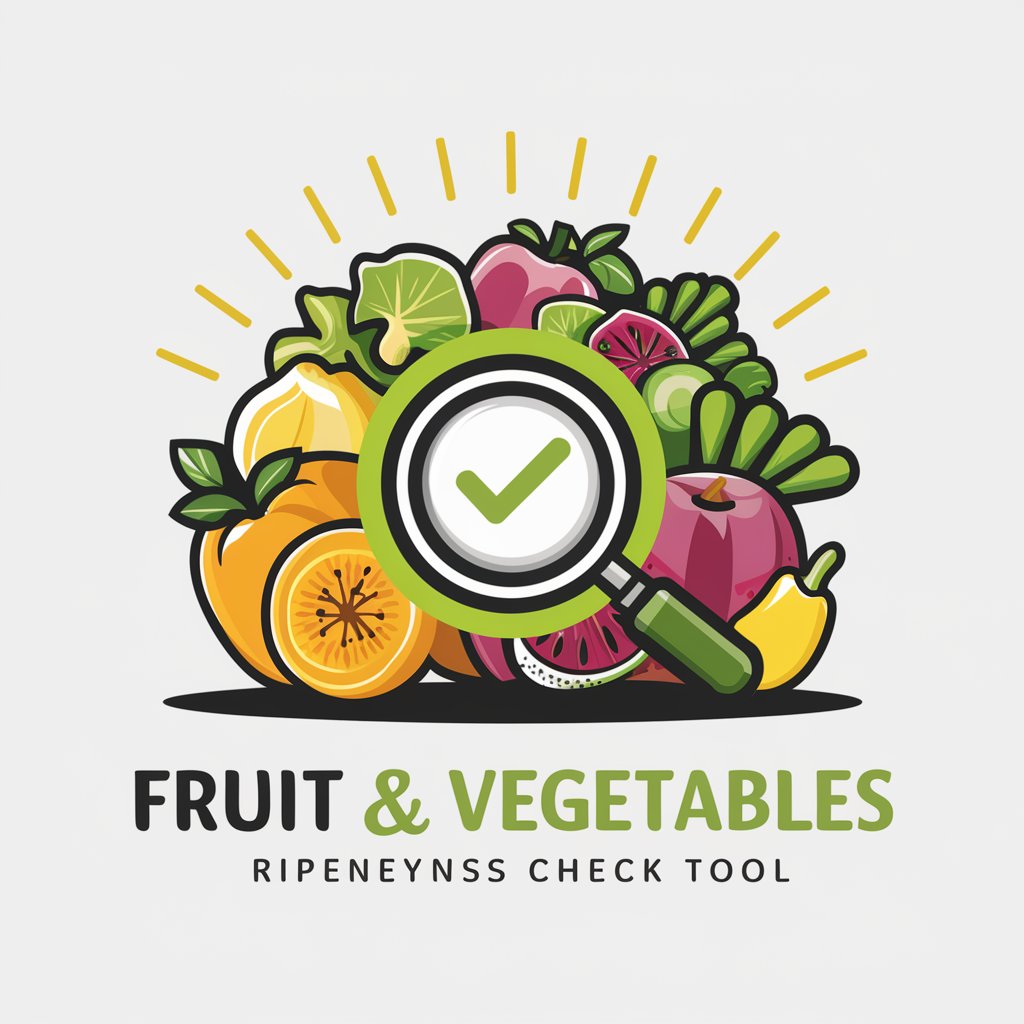
Rich Advisor
Empowering Your Investments with AI

Frequently Asked Questions About the Animal, Vegetable, Mineral Game
What types of objects can I think of in this game?
You can think of any object that fits within the three categories: animal (any living creature), vegetable (plant or part of a plant), or mineral (any non-living solid object).
Can I change the object mid-game?
No, once you have declared your object's category at the beginning of the game, you must stick with it until the game concludes to maintain fairness.
What happens if I can't answer a question?
It's permissible to answer 'I don't know' to a question; such responses do not count against the 20-question limit.
Are there any strategies for guessing correctly?
A good strategy is to start with broad questions that narrow down possibilities quickly, such as asking if the object is naturally occurring or man-made if it's a mineral.
Is the game suitable for children?
Yes, the game is suitable for all ages as it encourages critical thinking and problem-solving in a fun, interactive way.
